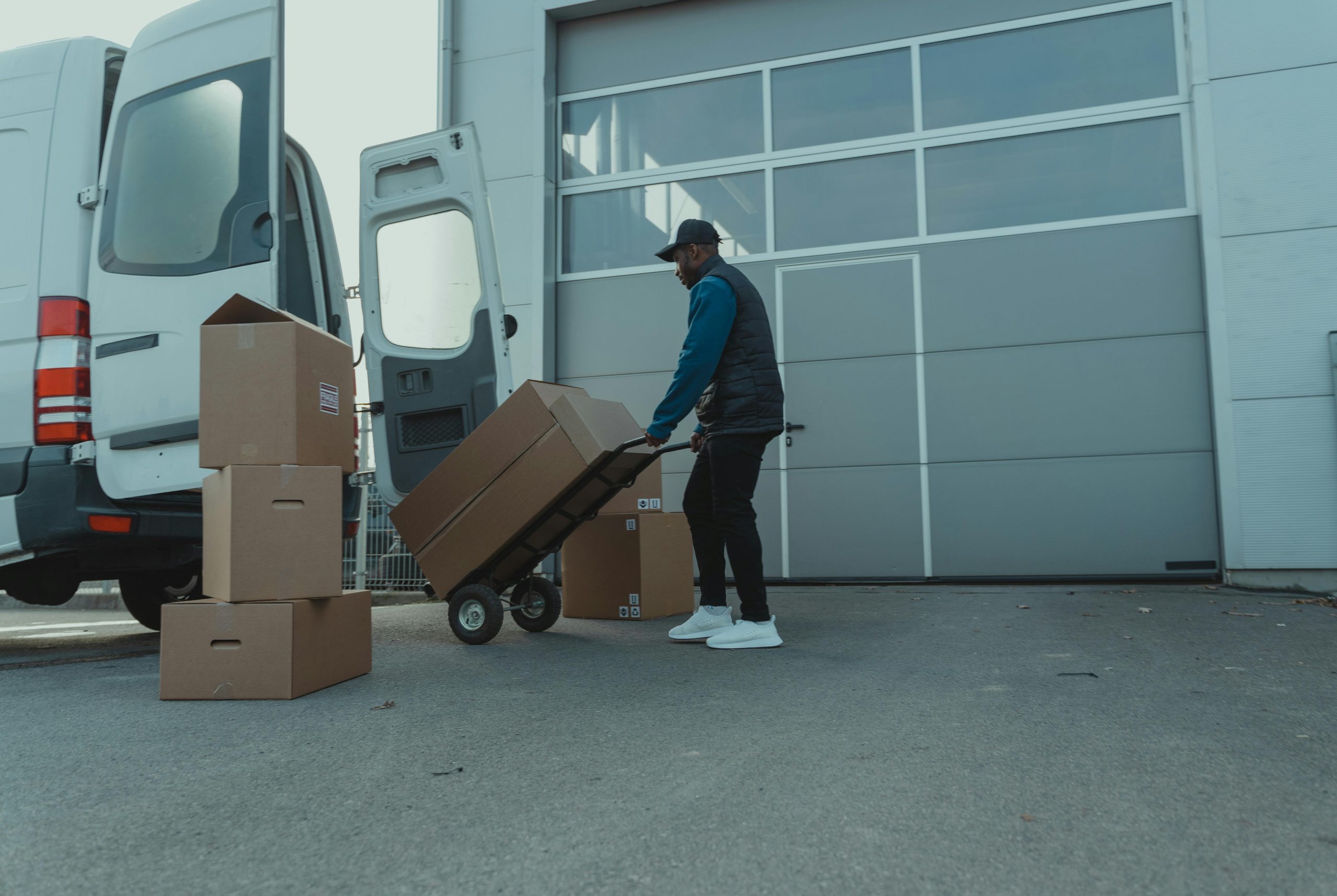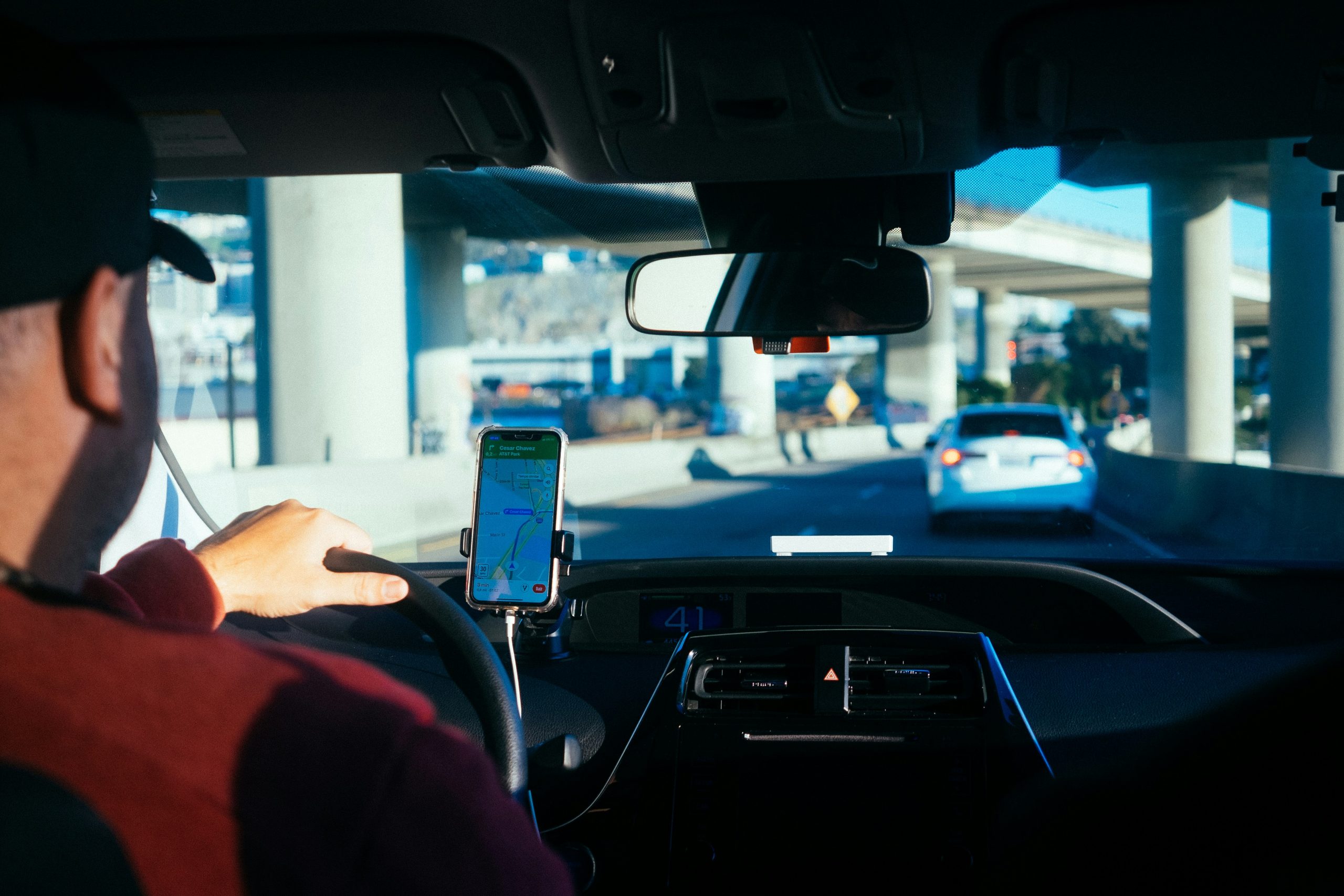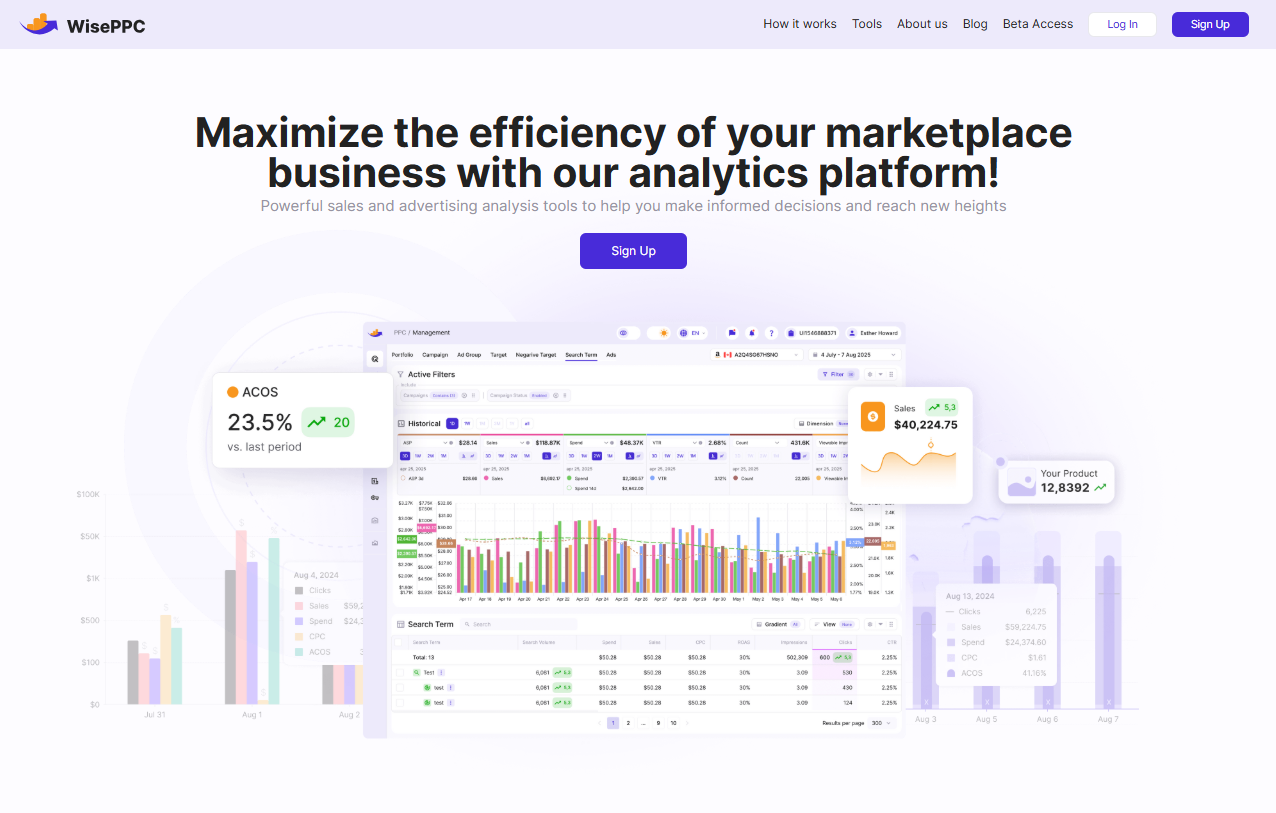How Much Do Amazon Drivers Make: Comprehensive Overview
It’s easy to spot them – the blue vans, the hustle, the stack of boxes in the backseat. Amazon drivers are everywhere, crisscrossing neighborhoods and beating the clock to keep Prime promises alive. But how much do they actually earn for all that nonstop motion?
The short answer: it depends. Some drivers are full-timers in Amazon-branded vans. Others are gig workers juggling Flex shifts around a second job. And between pay rates, tips, fuel costs, and surprise bonuses, figuring out real earnings gets a little messy. This article breaks it all down, so if you’re considering the job (or just curious about what your package carrier is really taking home), keep reading. We’ve got the numbers, the context, and the not-so-glamorous truth.
The Two Main Types of Amazon Drivers
Before we get into numbers, you need to know that Amazon doesn’t hire all its drivers directly. Instead, it relies on two main models:
1. DSP (Delivery Service Partner) Drivers
These folks work for small companies that contract with Amazon. They wear the uniform, drive the branded blue vans, and typically work fixed shifts – usually full time. While technically not Amazon employees, they’re part of Amazon’s delivery machine.
2. Amazon Flex Drivers
Flex drivers are independent contractors. They use their own vehicles to deliver packages and schedule blocks of time through the Amazon Flex app. It’s a gig job, similar to Uber or DoorDash, where you choose your hours and routes (to some degree), but also take on all the operating costs.
Both roles move packages from warehouses to porches, but the way they’re paid and what they actually earn day-to-day is very different.
DSP Driver Pay in 2025: Predictable But Capped
As of mid-2025, DSP drivers generally earn between $18 and $25 per hour. In high-cost areas like San Francisco or New York, it can creep up to $26 or $27, but that’s not the norm. Most drivers work 8 to 10-hour shifts, and a 5-day week usually brings in around $750 to $1,000 before taxes.
Incentives are where things can get interesting. Some DSP companies offer bonuses for:
- On-time performance.
- Safety records.
- Holiday peak delivery windows (like Prime Day or December rush)
During busy periods, you might see an extra $2 to $5 an hour, or even a one-time bonus (e.g., $1,000 for staying on through the holidays). It’s not guaranteed, and it varies by partner company, but it’s a real part of how DSP drivers can boost income.
Still, even with bonuses, most full-time DSP drivers top out around $55,000 to $65,000 annually. Some might push to $70,000 if they consistently grab every extra hour and max out incentive plans, but that often comes with long weeks and limited time off.
Amazon Flex Pay in 2025: High Hourly Rates, But You Pay the Costs
Flex is a whole different game. The Flex app lets you grab delivery blocks – usually 3 to 4 hours long – and each block comes with a fixed payout. On paper, these pay $19 to $29 per hour, depending on the location, time of day, and demand.
Here’s the catch: that’s before expenses.
Flex drivers cover:
- Gas and vehicle maintenance.
- Insurance (personal and business if required).
- Parking fees.
- Cell phone plans and navigation tools.
Once you factor in fuel (especially in high-traffic cities), tire wear, oil changes, and the occasional $100 ticket because you parked a bit too creatively, your real hourly earnings are often closer to $14 to $20 per hour.
But that doesn’t mean Flex is a bad deal. In fact, it can be great for part-time workers, parents with flexible schedules, or anyone trying to add a few hundred bucks a week. You just have to do the math and know your car.
Real Earnings Breakdown: Weekly, Monthly, and Annually
So what do the numbers actually look like when you map out a full work week or a year’s worth of deliveries? Let’s start with DSP drivers – those are the folks driving Amazon-branded vans on set shifts. In most cities, they’re making somewhere between $18 and $25 an hour. A full-time week typically lands between 40 and 50 hours, so that puts weekly pay in the ballpark of $750 to $1,000 before taxes. If you keep that pace up across the year, and maybe sprinkle in some holiday bonuses or performance perks, you’re likely looking at an annual income between $55,000 and $65,000. A little more if you push hard or live in a high-cost metro area.
Now if you’re a Flex driver, the numbers shift. On paper, Flex pays a bit better – usually $19 to $29 an hour before expenses. But since Flex drivers tend to work fewer hours overall, say 20 to 35 a week, the weekly take-home usually falls between $311 and $600 before you deduct gas, maintenance, and everything else that comes with using your own car. Annually, if you’re consistent and smart about your routes, you could land somewhere around $35,000 to $50,000. Again, that’s before expenses, and your actual profit margin depends heavily on what kind of vehicle you drive and how much you hustle.
Tips and Bonuses: Can They Move the Needle?
Flex drivers primarily receive tips, which can be inconsistent. DSP drivers typically do not receive tips, though in rare cases, tips left through the Amazon app may be distributed to them.
Some routes, especially in higher-income neighborhoods or during busy seasons, can bring in $20 to $60 extra per day in tips. But in other areas, you might go a whole shift without a single one.
Amazon gives you a heads-up when booking blocks, showing historical tip data for that zone, which helps drivers target more lucrative areas. Still, tips shouldn’t be your main income strategy as they’re too inconsistent.
DSP drivers don’t get tipped at all. Their earnings are purely based on base pay and whatever bonuses their contracting company offers.
What Really Affects Your Take-Home Pay
Amazon might set the base rates, but how much you actually pocket by the end of the week depends on more than just the clock. There are some key variables at play, and they can swing your earnings quite a bit depending on your situation.
Where You Drive
Location plays a massive role in delivery earnings. If you’re in a high-demand city like Seattle, Chicago, Atlanta, San Francisco, or Los Angeles, you’ll likely see more frequent delivery blocks, better pay rates, and a higher chance of tips if you’re driving for Flex. That’s partly because dense urban areas have more orders to fill and more incentive for Amazon to attract drivers.
Rural areas, on the other hand, are a different story. Fewer deliveries, longer distances between stops, and a smaller customer base often translate to lower earning potential. You might drive twice as far to complete a block that pays the same or even less.
What You Drive
Flex drivers depend on their own vehicles, and your car can quietly make or break your bottom line. A fuel-efficient sedan or hybrid is going to save you real money compared to something like a pickup or SUV. Even if two drivers earn the same hourly rate, the one spending less on gas and repairs will walk away with more.
Maintenance costs also sneak up on you over time. If you’re driving six days a week and burning through tires and oil changes, it adds up faster than most people expect.
When You Work
Timing matters, especially around big retail events and holidays. Prime Day, Black Friday, and the stretch leading up to Christmas can be incredibly lucrative. More packages, more demand, more opportunities for bonuses and surge pay.
Even outside the holidays, seasonal changes can influence demand. Extreme heat in summer or icy winter conditions push more people to order online instead of heading to stores, which means more work for drivers.
How You Work
This one’s easy to overlook but hugely important. Some drivers double their earnings simply by being strategic. That means using route planning tools like RoadWarrior or Upper to avoid traffic snarls and wasted time. It also means stacking blocks smartly—lining up multiple shifts in the same part of town or back-to-back so you’re not burning time and fuel driving between them.
The best drivers know their neighborhoods inside out, track their expenses, and keep a close eye on taxes. They’re not just delivering boxes—they’re running a small, efficient business out of their car. And when done right, that approach can make a noticeable difference in your weekly paycheck.
Expenses You Can’t Ignore
If you’re driving for Flex, it’s easy to overestimate what you’re earning. A $300 block payout sounds great, until you subtract:
- $50+ in fuel for a long route.
- Wear and tear (which adds up over time).
- Parking costs in city zones.
- Monthly car insurance increases.
Don’t forget taxes, either. You’re self-employed, which means you’ll owe quarterly payments unless you want a big IRS surprise next April.
Using an expense tracker (like Solo or Gridwise) is a good idea if you’re driving regularly.
Is It Possible to Make Six Figures?
Short answer: not really.
There are viral videos of drivers claiming they made over $100K delivering for Amazon. But when you read the fine print, it usually involves:
- 70+ hour weeks.
- Working every peak holiday.
- Living in a high-volume area.
- Driving with no real time off.
Even then, once you deduct expenses and taxes, the real take-home is usually closer to $70K or $80K at best. Doable, but not sustainable for most people.
So if you’re getting into this with dreams of six-figure freedom, it’s best to manage expectations. The job pays decent money, especially for part-timers or those between roles, but it’s not a shortcut to big wealth.
Pros and Cons of Amazon Delivery Driving
Like most jobs in the gig economy, Amazon delivery has its trade-offs. Some people love the flexibility and the chance to work solo, while others find the long hours and wear on their vehicle too much to manage. It really depends on what you’re looking for – whether it’s a steady paycheck, side hustle cash, or something to fill the gap between jobs. Here’s a breakdown of what actually works in favor of drivers and what might make you think twice.
What’s Good:
- Flexible scheduling (especially with Flex).
- Competitive hourly pay (higher than most delivery apps).
- Tips and bonuses can add up.
- Great for supplemental income.
- Steady demand, especially in big cities.
What’s Not So Great:
- Flex drivers cover all their own expenses.
- DSP drivers have limited upward mobility.
- High risk of burnout with long shifts.
- Work can be physically demanding.
- No health benefits for Flex drivers.
A Smarter Way to Compete on Amazon
While delivery drivers keep Amazon’s wheels turning on the ground, we work behind the scenes to help sellers and advertisers stay competitive in the marketplace. At WisePPC, we build tools that give Amazon businesses more clarity, control, and confidence over their sales and advertising performance. Whether you’re running Sponsored Products or juggling hundreds of SKUs across channels, our platform helps you see what’s working, where your money’s going, and how to grow smarter – not just bigger.
We know how complex Amazon’s backend can be. That’s why we created a system that tracks performance metrics in real time, allows bulk campaign edits in seconds, and gives you access to long-term historical data Amazon doesn’t show. It’s all about making fast, informed decisions without the guesswork. Drivers keep packages moving – our job is to help the rest of your Amazon business move just as efficiently.
Final Thoughts
Amazon driving is a solid gig for a lot of people, but it’s not for everyone.
If you’re looking for flexible part-time income and don’t mind being on the road, Flex might be your best bet. If you want a steady schedule with potential benefits and can handle 10-hour shifts, a DSP job may suit you better.
Either way, be realistic. Track your costs, protect your time, and don’t rely on bonus season or viral TikTok earnings to guide your decision.
Like any job, the more you know going in, the better your chances of making it work.
FAQ
1. Can you really make good money as an Amazon driver?
You can make decent money, yes, but it depends on how and where you work. DSP drivers working full time with steady shifts can earn around $55,000 to $65,000 a year. Flex drivers have more freedom, but their earnings vary more – anywhere from a few hundred bucks a week to a solid side income, depending on the hours, location, and how efficient they are. If you’re smart about costs and time, it’s very possible to make it worthwhile.
2. Is Amazon Flex better than other delivery apps?
If we’re talking strictly about pay per hour or per trip, Flex usually comes out ahead. National averages put Flex drivers at the top, above DoorDash, Uber Eats, and Instacart. That said, it comes with trade-offs – no benefits, no guaranteed shifts, and you’re on the hook for all your own vehicle costs. So “better” really depends on what you’re after: raw pay or reliability.
3. How many hours do Amazon drivers work?
Flex drivers set their own schedules, so some may work just 10 hours a week, others might aim for 30 or more if blocks are available. DSP drivers, on the other hand, typically do 40 to 50 hours a week, often across 8 to 10-hour shifts. It’s a full-time grind, and during peak seasons, those hours can stretch even longer.
4. What are the biggest expenses for Flex drivers?
Gas is the obvious one, especially if you’re covering long distances or driving in traffic-heavy areas. But it doesn’t stop there – maintenance, insurance, parking fees, even cell data all chip away at your earnings. That’s why calculating real take-home pay (not just what Amazon shows in the app) is so important if you’re trying to make Flex work long-term.
5. Can Amazon drivers earn six figures?
Technically, maybe – but realistically? It’s a stretch. Hitting $100K would mean stacking blocks or shifts constantly, working nearly every holiday, and barely taking time off. Most drivers who hit those numbers burn out fast. It’s not the norm, and honestly, it’s not sustainable unless you’re willing to sacrifice a lot of work-life balance.
6. Is being an Amazon driver a good full-time job?
For some people, absolutely. If you want consistent pay, don’t mind being on your feet, and are okay with a fast-paced routine, DSP roles can be solid. If flexibility is more your thing, Flex is a great side hustle – just be prepared to manage the highs and lows of gig work. It’s not glamorous, but it can get the job done if you go in with a plan.
Join the WisePPC Beta and Get Exclusive Access Benefits
WisePPC is now in beta — and we’re inviting a limited number of early users to join. As a beta tester, you'll get free access, lifetime perks, and a chance to help shape the product — from an Amazon Ads Verified Partner you can trust.
 No credit card required
No credit card required
 Free in beta and free extra month free after release
Free in beta and free extra month free after release
 25% off for life — limited beta offer
25% off for life — limited beta offer
 Access metrics Amazon Ads won’t show you
Access metrics Amazon Ads won’t show you
 Be part of shaping the product with your feedback
Be part of shaping the product with your feedback





